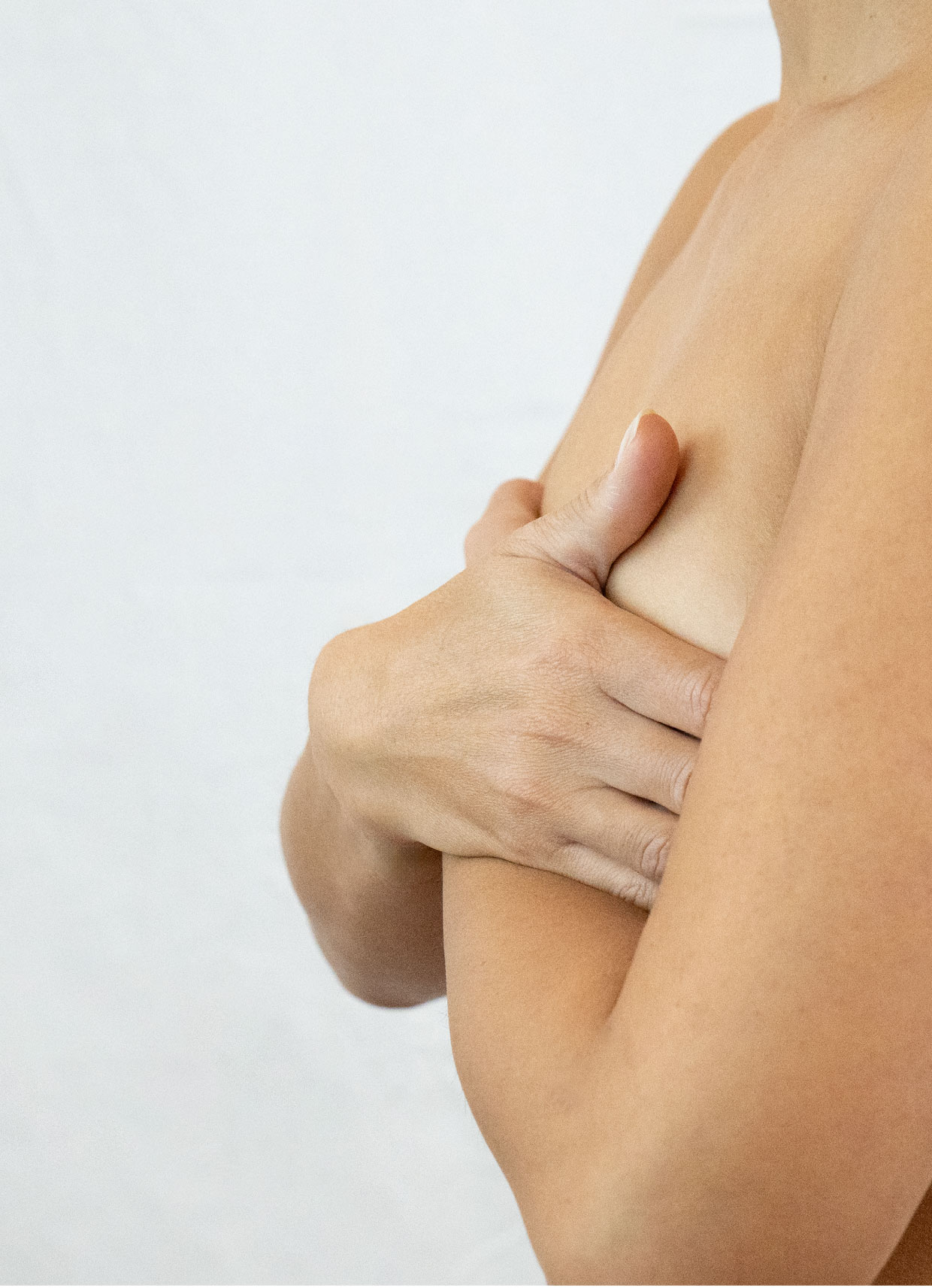
Why a breast lift?
Today, breast augmentation is the most widely performed cosmetic breast surgery procedure in the world. Thanks to technical advances in breast prostheses and the possibility of implant-free augmentation by fat injection, the décolleté can be enhanced for a natural result.
Breast prosthesis
Breast augmentation with breast prostheses is a surgical procedure that uses prostheses to increase the volume or improve the shape of the breasts, or to correct a malformation or asymmetry.
As with any surgical procedure, breast augmentation is accompanied by scars. They are hidden in less visible areas: around the lower half of the areola, in the submammary fold or in the armpit, depending on the case.
Follow-up is essential to assess the progress of the procedure, and the final result will be obtained after 3 months.
Duration of treatment
Between 2 and 3 hours
Resuming physical activities
1 month
Treatment costs
From CHF 14,000